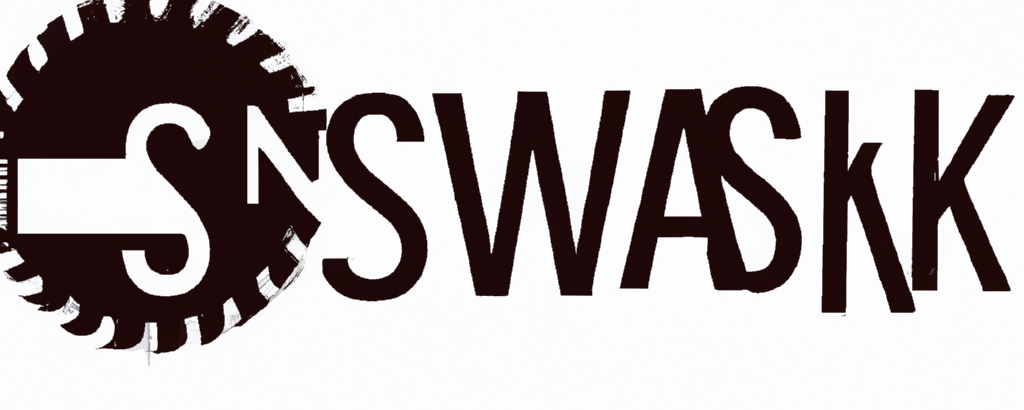What gives a cleaner cut, a quality table saw, or a track saw?

In the dynamic realm of woodworking, precision reigns supreme. From crafts to cabinets, every piece hinges on the precision of cuts, often sparking the age-old debate: which saw, table or track, reigns supreme?
Let’s delve deeper into the intricacies of both tools to see which one promises the most immaculate cuts.
Table Saw vs. Track Saw: An Overview
The woodworking world respects both these tools, acknowledging their individual prowess and importance.
Table Saw:
- A stalwart in professional workshops and hobbyist garages alike.
- Structure and Design: Anchored in place, the table saw boasts stability due to its weight and structure. A circular blade, adjustable in height, protrudes from its table, allowing for diverse cut depths.
- Functionality: Primarily used for straight cuts, its miter gauge and rip fence accessories enable a variety of cuts, from crosscuts to rip cuts.
- Best For: Large projects requiring repetitive straight cuts, like cutting planks for furniture or sizing larger panels.
Track Saw:
A more modern tool, yet, it’s rapidly gaining traction in woodworking circles.
- Structure and Design: Characterized by mobility, it operates with a circular saw running along a track or guide. Compact in design, it’s easier to transport and store.
- Functionality: Exemplary for making precise straight cuts, especially on large sheets. The track system ensures the saw remains straight, negating deviations.
- Best For: Projects demanding precision on large materials, like cutting down plywood sheets or sizing large countertops.
Delving Into Cut Quality
The beauty of woodworking often lies in the details—those flawless, smooth edges that showcase mastery.
Blade Quality:
- Both saws can accommodate high-quality blades, and investing in carbide-tipped or specialty blades can significantly enhance the cut quality. Remember, the finer the tooth, the smoother the cut.
Power & Accuracy:
- A potent motor ensures clean, effortless cuts, reducing chances of wood tear-out. Both tools, when of high quality, offer powerful motors. However, the track saw’s guided system inherently boosts accuracy.
Specialized Cuts:
- Diverse projects require diverse cuts. While table saws shine with rip cuts and crosscuts, track saws offer a nuanced edge with plunge and bevel cuts due to their adjustable blade depth and angle.
Safety: A Paramount Concern
In woodworking, safety can never be an afterthought. Both saws, when mishandled, can pose risks, but there are inherent design differences.
Table Saw:
- The exposed blade can be perilous, especially if kickback occurs. Safety measures, like using push sticks and not standing directly behind the blade, are essential.
Track Saw:
- Generally safer due to its design. The blade is enclosed, and its track system minimizes kickback risks. Moreover, the two-handed operation ensures better control.
Price and Value Proposition
Budgetary constraints often dictate tool choices, but value over the long run is key.
Table Saw:
- While many quality table saws come with a friendly price tag, premium models with advanced features can be costly. They’re an investment, especially for those targeting bulk or repetitive tasks.
Track Saw:
- Generally more expensive, mainly due to their precision and versatility. However, for craftsmen working on-site or those with space constraints, the track saw’s portability offers immense value.
In Conclusion
Both the table saw and track saw are formidable tools in their right. For expansive projects demanding repetitive straight cuts, the table saw is a trusted ally. However, when the need is precision on large sheets or portability, the track saw nudges ahead. Safety-wise, while both tools have their concerns, the track saw has a design advantage.
Yet, the crux isn’t about one being superior to the other. It’s about choosing the right tool for the right job, considering the nature of the task, workspace, budget, and personal proficiency. As with most tools, mastery comes not just from the tool’s quality but from the craftsman’s skill and understanding. Adding to this, a pertinent question arises: Can a track saw replace a table saw? The answer hinges on the specific demands of the project and the craftsman’s unique preferences.
FAQs
What saw blade is best for clean wood cuts?
For clean wood cuts, use a fine-tooth carbide-tipped blade. It ensures smooth edges and reduces wood tear-out.
Which is better table saw or circular saw?
Table saws offer precision and stability for larger projects. Circular saws are portable, ideal for straight on-site cuts.
Should I get a table saw or a band saw?
For versatile straight cuts, get a table saw. For intricate cuts and resawing, a band saw is preferable.
What is the benefit of table saw?
Table saws provide accuracy, speed, and versatility for a variety of cuts, especially in larger woodworking projects.
Can a table saw do everything?
While table saws are versatile, they can’t match specialty saws for intricate or curved cuts. Tool choice depends on the task.
